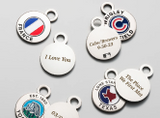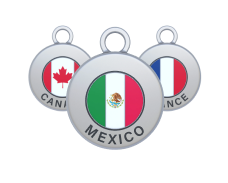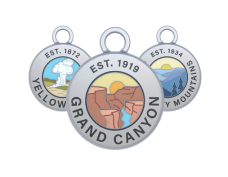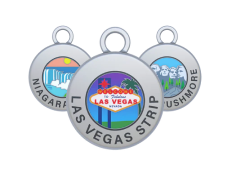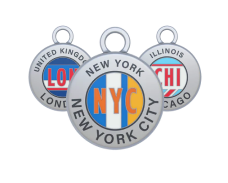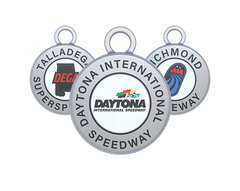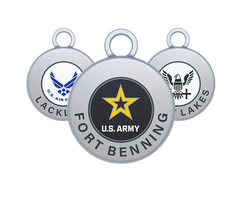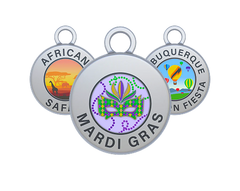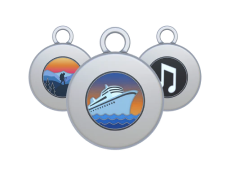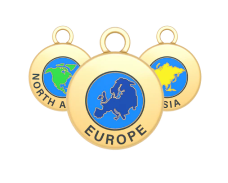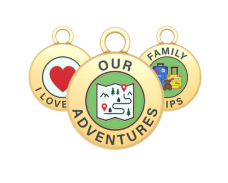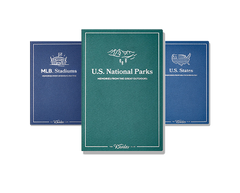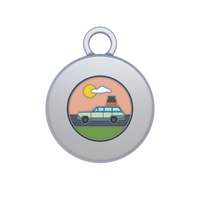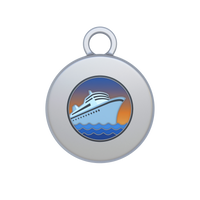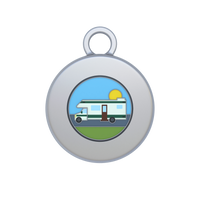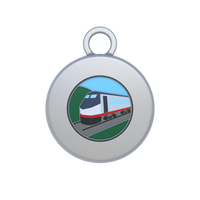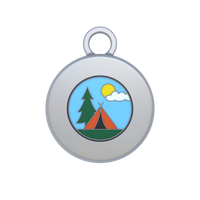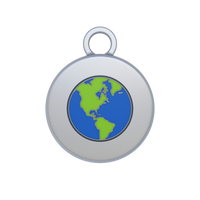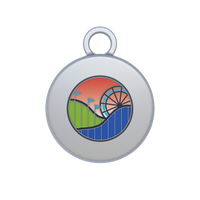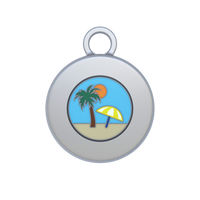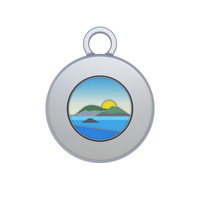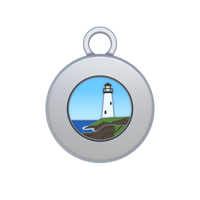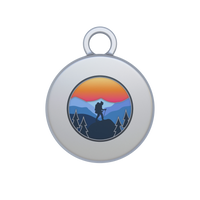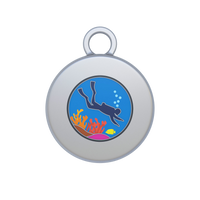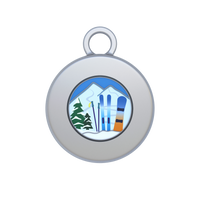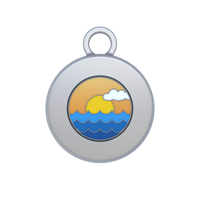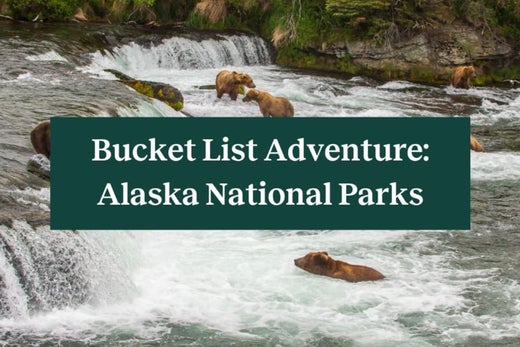
Over 60% of all National Park Service land is located in Alaska. That’s right: the eight Alaska national parks are more than twice as large as all the national parks in the Lower 48 combined.
Isn’t that absolutely stunning? It’s hard to even wrap your mind around!
If visiting one of these eight massive parks is on your bucket list (it’s on everyone’s bucket list, right?), you’ve got your work cut out for you. Alaska national parks are some of the most remote in the entire world.
And unlike other states with several national parks like California and Utah, Alaska’s are nowhere near each other, so road-tripping is out of the question. In fact, several Alaska national parks don’t even have roads!
The 8 Alaska National Parks
Alaska national parks have it all. They’re home to some of the world’s most iconic sights, including enormous glaciers and 20,000-plus-foot-tall Denali.
At the same time, there are also Alaska national parks so inaccessible that just a few thousand people visit each year.
1. Denali
Denali is one of the most accessible Alaska national parks. And by “accessible,” we mean it has just one 92-mile-long road that private vehicles can only drive 15 miles of — for four months a year.
However, it’s notable that you can drive into Denali. That’s not the case with most Alaska national parks, which you typically have to access via boat or plane.
Many people make the trek to Denali almost solely to lay eyes on the park’s awe-inspiring crown jewel: the namesake Denali mountain.
At a stunning 20,310 feet, Denali is the tallest peak in North America. It absolutely dominates the landscape and is so large that it can be seen several hundred miles in any direction!
Once you get to Denali, take a bus tour to get the lay of the land. From there, rent bicycles to explore further or do some hiking. There are just a few trails, but they’re certainly worth exploring!
2. Gates of the Arctic
Arguably one of the most remote national parks in the entire world, Gates of the Arctic is practically untouched.
As you probably guessed, it sits within the Arctic Circle in northern Alaska. There are no roads and the only way to get to it is to hike or fly in.
From Fairbanks, take a flight to Bettles, the small southern gateway community to Gates of the Arctic. In Bettles, you can book one of several flight-seeing tours.
Some include strictly flying over the park, while others include actually touching down, allowing you to experience the park from two very different perspectives. Still others take you to both Gates of the Arctic and nearby Kobuk Valley National Park.
Note that since this park is extremely remote and wild, it’s not one you can experience in just a day or even two or three. Plan on several days for Gates of the Arctic, and consider booking a guided backcountry trek or packrafting trip.
3. Glacier Bay
Another Alaska national park with no roads, Glacier Bay is accessible only by boat or plane. The former is by far the more popular option, as many cruise ships port here during the summer.
Glacier Bay is a “go big or go home” national park. There’s not a lot to do, but the activities available are truly epic — and because of that, you’ll want to do it all.
Paddle your way through bays in a kayak, watching for harbor seals, sea lions, and humpback whales. If you want to hike, head to the Bartlett Cove area, where you’ll find several short trails.
Aside from taking a cruise into Glacier Bay, there are some other options. From Juneau, you can take a boat tour or board a flight to Gustavus.
The only accommodation option inside the park is Glacier Bay Lodge, so plan well ahead if you’re interested in spending the night.
4. Katmai
Katmai National Park and Preserve is tucked way down in southern Alaska, across from Kodiak Island. It comprises vast wilderness and many biomes, including lakes, high alpine forest, mountains, and even volcanoes.
The park’s major attraction is watching its resident 2,200-plus brown bears. They hang out at the Brooks River, feasting on salmon all summer.
The salmon are so plentiful and draw so many bears that Katmai is said to be one of the best bear-viewing areas in the world! Four viewing platforms allow you to view them up-close from a safe distance.
Another thing that draws people to Katmai is the Valley of Ten Thousand Smokes. This massive area was created when the Novarupta Volcano formed in 1912. F
or 2.5 days, ash erupted as high as 20 miles into the sky. According to NPS, it was the largest volcanic eruption of the 20th century. Today, you can hike in the Valley of Ten Thousand Smokes, crossing glaciers and passing lakes and waterfalls.
5. Kenai Fjords
Situated on the Kenai Peninsula in southern Alaska, Kenai Fjords is one of the most iconic Alaska national parks.
Come to Kenai Fjords to see glaciers up close (about 40 of them!), hike the massive Harding Icefield, and watch dolphins and whales.
Most people fly into Anchorage and then drive to Seward, 2.5 hours away on the jaw-droppingly scenic Seward Highway. From here, you can book flightseeing or boat tours, fishing charters, and guided hikes.
There’s also plenty to see and do in Seward itself, including great seafood restaurants and local breweries.
Something unique to Kenai Fjords National Park is that you can take a scenic ride on the Alaska Railroad from Anchorage to reach it. Talk about checking some items off your bucket list!
6. Kobuk Valley
Did you know there are sand dunes in Alaska? The Great Kobuk Sand Dunes cover 25 square miles, making them by far the largest in the Arctic Circle.
Glaciation formed the dunes, and the largest soars 100 feet above the ground. Fascinatingly, although the sand dunes are 35 miles above the Arctic Circle, their temperature can reach 100 degrees in the summer!
Kobuk Valley National Park is near Gates of the Arctic and like its neighbor, is extraordinarily remote.
The park doesn’t have a single road or trail and is accessible only by plane — not just any plane, but authorized air taxis only. You’ll need to get to either Bettles or Kotzebue, then book one of the air taxis.
Once at Kobuk Valley, there’s plenty to keep you busy for several days. Take the backpacking trip of a lifetime, fish, try packrafting, or float the slow-flowing Kobuk River.
Oh and watch for caribou — a massive herd of nearly 500,00 live in the park!
7. Lake Clark
Although Lake Clark National Park and Preserve is just 100 miles from Anchorage, it’s one of the more remote Alaska national parks. Like several others, it doesn’t have any roads and visiting requires a plane ride.
The park’s crown jewel is its namesake, 42-mile-long Lake Clark, which is completely encircled by mountains. That’s just the tip of the iceberg, however (pun very much intended).
There are three officially-designated National Wild Rivers, the Chilikadrotna, Tlikakila, and Mulchatna, all of which provide epic paddling, rafting, and fishing opportunities.
Wildlife viewing is also incredible in Lake Clark, with everything from beluga whales in the sea to grizzlies and moose on land.
Need another reason to visit Lake Clark? It even has two active volcanoes, Mount Redoubt and Mount Iliamna. They haven’t erupted since the ‘90s, but the last time they did, the erupting ash could be seen all the way in Anchorage!
8. Wrangell-St. Elias
America’s largest national park, Wrangell-St. Elias, is so big that it’s difficult to even wrap your mind around. At over 13 million acres, this Alaska national park is bigger than six Yellowstones!
The nature and wildlife in Wrangell-St. Elias are spectacular, of course, but this park also holds some fascinating pieces of history.
Once you’re done hiking and gawking at the massive herds of caribou, set some time aside to visit McCarthy. This tiny town is famous thanks to TV, and the historic copper mining village of Kennicott should also be on your list!
Wrangell-St. Elias is a 4-5 hour drive from Anchorage. Once you arrive, stop by the visitor center and consider booking a tour or shuttle, which generally run from late May to mid-September.
So which Alaska national parks are (first) on your bucket list? Whether it's one of the most iconic or one of the least visited, consider commemorating it in a unique way: with Alaska National Park Tokens from The Wander Club!
What better way to commemorate (or get hyped up about!) your Alaska national parks trip?!
Obviously, we want to live vicariously through you, so be sure to tag us in your epic Alaska pics on social media! Happy adventuring!
